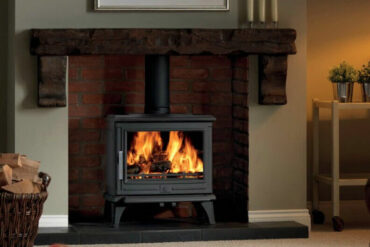Living independently adds up in a hurry. Rent or mortgage payments, groceries, insurance, and utilities all culminate in the essence of being an adult. Fortunately, with some careful planning and resourcefulness, there are plenty of ways to save.
When it comes to electricity, cutting back has two main benefits: saving money and helping protect the environment. Here are five tips that can help you save money on electricity while helping the world we call home.
Choose the Right Electric Provider
Depending on where you are in the world, you may have a few options for your electric utility provider. Texas, for example, has unregulated electricity, making a competitive environment that allows for huge cost savings. By doing some research and using a provider comparison site (like this one), you can determine which electric provider will fit your budget.
To get the best savings possible, you’ll need to know what your average consumption is based on your property size and the number of people in your home. Signing a longer-term agreement with an energy provider can help save a lot of money over time. Many providers also have an eco-friendly option which offers rewards for minimizing your carbon footprint.
Unplug Appliances
There are a lot of appliances that still use energy even when they aren’t in use. Your microwave is a prime example of an appliance that uses standby power. While the amount consumed is minimal, if you consider your DVD player, television, radio, and any other appliances you have in your home, the little amount can add up over time.
Either unplug your appliances when not in use or use a surge protector to turn them off with the flick of a switch. After all, do you really need a microwave clock at all times in the smartphone era? Probably not.
Use an On-Demand Water Heater
On-demand or tankless water heaters can be up to 50% more energy efficient than the traditional water tank, and they take up less space. Rather than having a reservoir of hot water, pipes are redirected through the small heater, and the water is warmed up as it travels to the tap. These heaters can be powered by the home’s main electricity source or be gas-powered.
If you have a large household, you’ll likely need more than one on-demand water heater to meet your needs. Alternatively, you can cut back your consumption by switching to cold water for laundry and limiting shower times. This will have a greater impact on the environment and on your wallet.
Upgrade Your Home
New appliances are expensive, but the energy costs associated with running old dryers, washers, and dishwashers are probably costing you more than you think. Consider upgrading your appliances to newer, energy-efficient models. A small, front-load washer and dryer will use significantly less energy than the older, bulky models. This is amplified if the appliances are starting to wear down and taking more time to launder your clothing. Low-flow showerheads also make an impact on overall energy usage as there is less demand for hot water.
Incorporate smart appliances and controls into your home as well. This will give you remote control over your thermostat and lights, ensuring that forgotten switches can be flicked on the way to work in the morning and that your heater is only running when you’re around. There are also smart plug-ins that will monitor your energy consumption and audit your circuits for any discrepancies.
You’ve Got the Power
By making a few simple changes to your current usage plan and consumption habits, you can save hundreds of dollars per year. Set aside some time to evaluate your current provider and usage, then make some savvy cuts.







